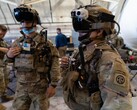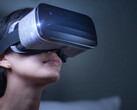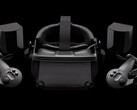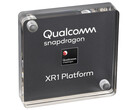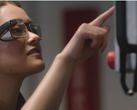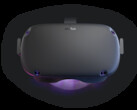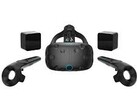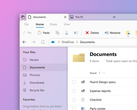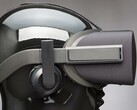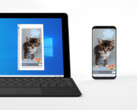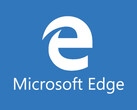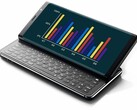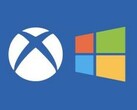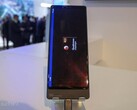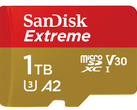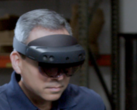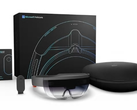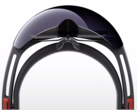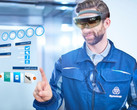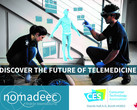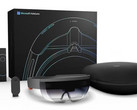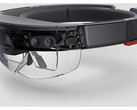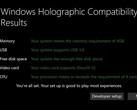At the Mobile World Congress (MWC) in Barcelona, Microsoft's Alex Kipman took wraps off the next generation holographic mixed reality headset, the HoloLens 2. While we did get to see a few images of the device leak just prior to the event, Microsoft had enough surprises in store during the demo.
Microsoft has doubled the field of view (FoV) in HoloLens 2 whilst still retaining the 47 pixels per degree-of-sight resolution on the 2K display for each eye. Eye-tracking and iris scanning are available so you will be able to login just by wearing the headset. Improved 5-channel microphone array enables 'calling' apps to your side without you having to walk towards them in the virtual space. You can also interact with holograms as though they were real objects.
Comfort is another key focus area for this iteration and Microsoft said it had scanned heads of thousands of people across races and ethnicities to ensure that the HoloLens 2 fits just about anyone, even with glasses on. Microsoft claims a 3x more comfortable fit than the original version.
Microsoft is also making it easy for enterprises to customize the device according to their needs. They can order custom designs (how about a hardhat with a built-in HoloLens?) and easily develop apps using Azure and Microsoft Dynamics 365 for HoloLens. Collaboration is a key feature of HoloLens 2 and multiple users can literally teleport themselves into a virtual space and interact with holograms. The best part is that devices with ARCore and ARKit (read iOS and Android) support can also join in on the virtual space.
The Redmond-giant is focusing on an open ecosystem and the platform is open to all developers. Mozilla is already onboard with its Firefox browser for starters. One wouldn't expect it, but Tim Sweeny of Epic Games was on stage and pledged Unreal Engine support for the HoloLens 2 platform in the near future.
As expected, Microsoft has transitioned to ARM for powering the HoloLens 2 using the Qualcomm Snapdragon 850 Compute platform and a 2nd gen custom holographic processing unit (HPU). The HoloLens 2 can be lapped up for a one-time price of US$3,500 or US$125 per month. It is definitely lesser than the original model's US$5,000 price but is still out of reach for most consumers.
Kipman did say the HoloLens 3 will be coming in a few years from now with even more comfort and performance. Hopefully, Microsoft also looks into tapping the consumer market in the next iteration.
In case you haven't, we highly recommend checking out Microsoft's demonstration in the video below. What do you think of the mixed reality future? Let us know in the comments below.
Source(s)
Microsoft MWC 2019 Event






